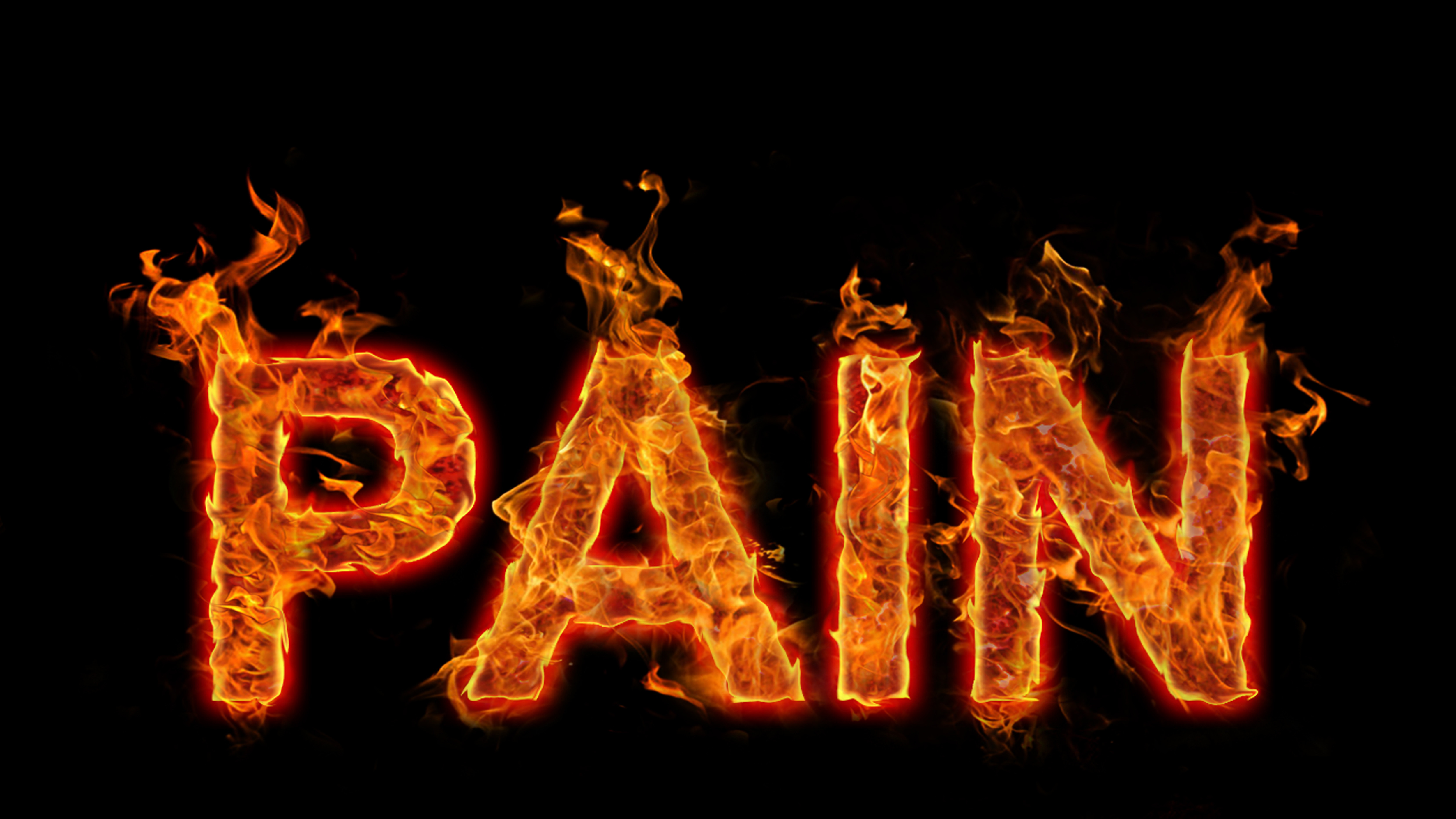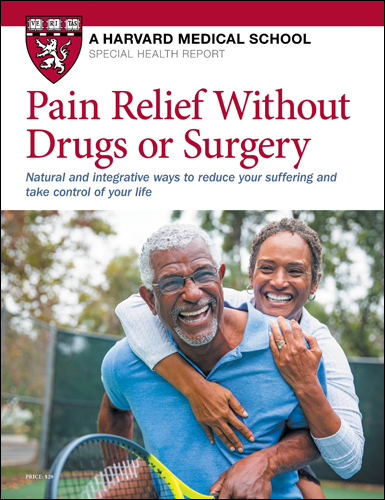More opioids, more pain: Fueling the fire

For more than a century, clinicians have noticed a paradoxical phenomenon: certain patients who are taking opioids (which are supposed to numb pain) become more sensitive to pain than those who are not taking opioids.
The earliest observation of this phenomenon can be traced back to the British physician Sir Clifford Allbutt, who, in 1870, described it: “at such times I have certainly felt it a great responsibility to say that pain, which I know is an evil, is less injurious than morphia, which may be an evil. Does morphia tend to encourage the very pain it pretends to relieve?” Research studies and clinical observations over the years have identified the phenomenon Dr. Allbutt noticed as opioid-induced hyperalgesia (OIH).
What is opioid-induced hyperalgesia?
Hyperalgesia is an increased pain response from a stimulus (cause) that usually provokes a minor pain response. For example, getting your blood drawn for lab testing usually causes mild discomfort, but this common medical procedure would be very painful for certain patients who are taking opioids chronically. OIH is a lesser known side effect of long-term opioid therapy, but a serious one, and yet another reason doctors should carefully select who may benefit from extended use of these pain medications.
What causes OIH?
The mechanism behind opioid-induced hyperalgesia is complex and involves molecular and chemical changes in the brain and spinal cord. Opioids tend to activate specific receptors that block painful signals from reaching the brain. When these medications are taken for long periods of time, our bodies (as a defense mechanism) try to overcome these blocked signals by activating other pain signals and pathways, a phenomenon known as hypersensitization. These changes reflect the incredible abilities of our brains to form new connections and pathways and alter how the circuits are connected in response to changes, also known as neuroplasticity. A positive example of this would be the rehabilitation process after a stroke: when someone suffers a stroke as a result of a clot or bleed in the brain and becomes unable to use their arm properly, the brain will start forming new connections in an attempt to overcome this deficit, and with proper rehabilitation and training a person may be able to use the arm normally again.
Who is at risk of developing OIH?
Pain perception is a very complex process. Many factors affect how the brain interprets pain signals. Anxiety, depression, genetics, medications, our physical health, and other illnesses can increase or decrease our feeling of pain. Just as pain perception is individual, the level of hyperalgesia is not the same in all patients; some people will experience more hyperalgesia based on their genetics and personal predisposition. Additionally, there is no well-established period of exposure after which OIH occurs, and the exact timing of someone developing OIH varies from patient-to-patient.
What we do know is that people who take opioids regularly are at greater risk of developing OIH. Researchers have looked at many patients who were taking opioids for long periods of time and compared their pain tolerance or pain sensitivity to that of patients who were not taking opioids. Researchers also compared patients’ pain sensitivity before and after starting opioid therapy. In both cases they found that administration of opioids paradoxically increased sensitivity to pain and made pre-existing pain worse, and higher doses of opioids were associated with higher sensitivity to pain.
Recognizing and treating OIH
If you or your doctor aren’t aware of this phenomenon, and you are prescribed more opioids to treat increased pain sensitivity, it can lead to a vicious cycle of increasing the dose of opioids and more pain, as well as an increased risk of overdose. The appropriate approach to treating OIH is to wean slowly from a high dose of opioids, which usually requires time and patience. During this time, it may be appropriate to add non-opioid alternatives to managing pain, such as other medications, injections, behavioral interventions, and physical therapy. You doctor may also recommend avoiding opioids altogether, or taking an “opioid holiday” so your body can recover. Working closely with your healthcare team is very important, as is managing your pain during a weaning period. There are CDC guidelines available to help your doctor safely taper your dose.
Historically, opioids were used to treat pain caused by end-stage advanced cancer, or for acute pain (after surgery, a bone fracture, a serious accident, etc.), and only for a short period of time (a few days), to reduce the risk of side effects. Unfortunately, there has been a drastic increase in the use of opioids in the United States over the last two decades for the treatment of chronic non-cancer pain (back pain, arthritis, etc.), and some people have taken opioids for longer than medically necessary for their type of pain.
While opioids definitely have their place in medical practice, we need to be aware of the serious side effects of these medications, including side effects that may cause more suffering, like OIH, as well as lethal side effects such as overdose. If you think you or a loved one may be experiencing OIH, you should discuss this with you doctor, and work with them to taper your dose and find alternatives to manage your pain safely.
References
A Comprehensive Review of Opioid-Induced Hyperalgesia. Pain Physician, March/April 2011.
Opioid-induced Hyperalgesia: A Qualitative Systematic Review. Anesthesiology, March 2006.
Opioid Induced Hyperalgesia. Pain Medicine, October 2015.
About the Authors

Shafik Boyaji, MD, Contributor

David Boyce, MD, Contributor
Disclaimer:
As a service to our readers, Harvard Health Publishing provides access to our library of archived content. Please note the date of last review or update on all articles.
No content on this site, regardless of date, should ever be used as a substitute for direct medical advice from your doctor or other qualified clinician.













